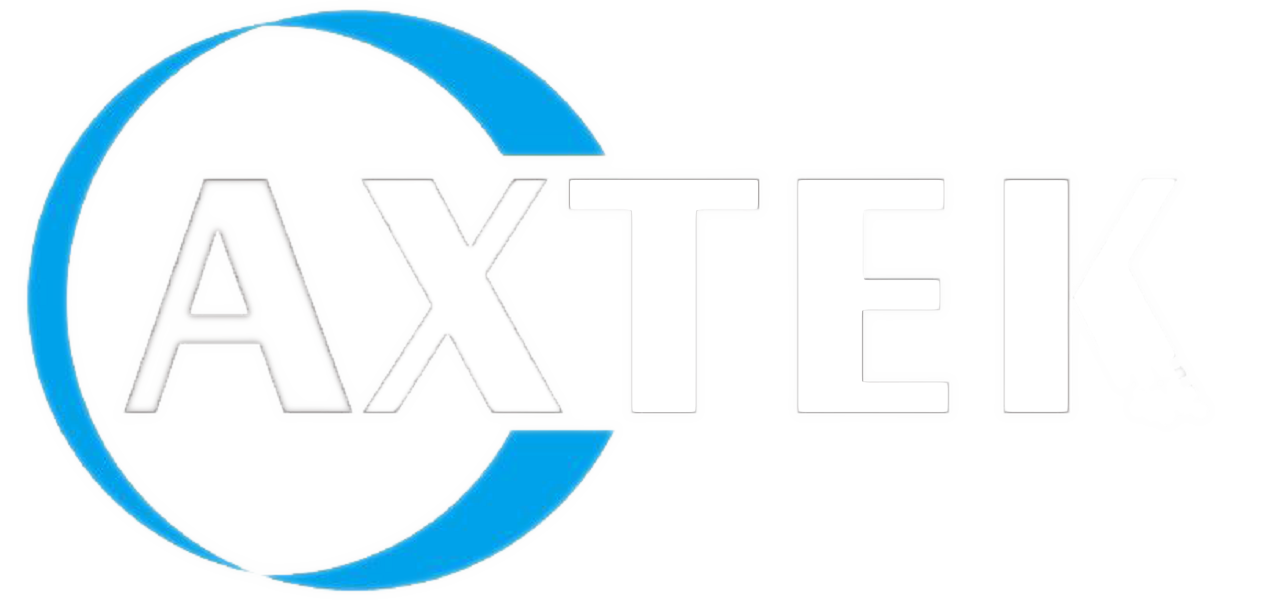Summary
On July 2, 2025, the U.S. Department of Commerce’s Bureau of Industry and Security (BIS) officially lifted export restrictions on Electronic Design Automation (EDA) software to mainland China. Major U.S. EDA providers, including Synopsys, Cadence, and Siemens EDA, have confirmed the policy change and have resumed full access and technical support for Chinese customers.
This policy update reverses the earlier export control measures introduced in May 2025, which required special licenses for exporting or supporting EDA tools used in chip design.
Background
In May 2025, the BIS issued a directive requiring U.S. companies to obtain specific export licenses before supplying EDA software or support services to clients in China. The affected technologies included:
Software used for advanced integrated circuit (IC) design and simulation;
Technical support, patches, and version updates for existing EDA platforms.
As a result, Synopsys, Cadence, and Siemens EDA temporarily suspended services and software support for their Chinese users. Some websites and tools became inaccessible from mainland China, and projects in development experienced disruption.
Latest Update: Restrictions Lifted
On July 2, BIS notified the relevant companies that the previous restrictions were revoked, and exports may proceed without additional licensing. EDA companies have started to:
Resume customer support and software access;
Reinstate subscription services and technical updates;
Reconnect with Chinese semiconductor firms that had been impacted.
This regulatory change took effect immediately.
Why EDA Matters
EDA (Electronic Design Automation) tools are essential for:
Logic and circuit design;
Layout verification and simulation;
IP integration and physical implementation.
They are often referred to as the “mother of chips”, forming the digital foundation of semiconductor product development.
The global EDA software market is highly concentrated, with U.S. firms accounting for over 80% of the market share. These tools are widely used across industries including telecommunications, automotive, consumer electronics, and AI.
Industry Impact
Short-term:
Chinese IC design firms can resume design workflows using industry-standard tools.
U.S. EDA vendors recover access to one of their largest international markets.
Supply chain disruptions triggered in May are now expected to ease.
Mid- to long-term considerations:
Trust and continuity concerns may encourage diversification or parallel toolchains.
Domestic EDA developers in China may face increased pressure amid restored foreign competition.
Global players may take a cautious approach to future regulatory compliance and risk mitigation.
Key Takeaways
Who is affected | EDA vendors, Chinese IC design firms, global foundries |
Policy scope | Software exports, support services, updates |
Timeframe | Restrictions applied in May 2025, lifted on July 2, 2025 |
Strategic implications | Supply chain continuity, domestic alternatives, global competition |
Looking Ahead
Although the restriction lift helps stabilize the semiconductor design ecosystem in the short term, regulatory unpredictability and technology security considerations remain important factors. Many companies may explore:
Dual-toolchain strategies (domestic + international tools);
Strengthening of localized design ecosystems;
Risk mitigation in software sourcing and support.
Stay Informed
AXTEK remains committed to supporting the semiconductor industry with:
Reliable IC sourcing and BOM matching
Component logistics and long-lead support
Custom solutions for smart sensing, power management, and more
For sourcing inquiries or project support, please feel free to contact us at sales01@axtekic.com.


 MCU Solutions
MCU Solutions PCBA Solutions
PCBA Solutions Bluetooth Solutions
Bluetooth Solutions
 FAQ
FAQ Contact Us
Contact Us
 Company News
Company News Technology News
Technology News Industry News
Industry News PCBA News
PCBA News
 Company Profile
Company Profile Certificates
Certificates Terms & Conditions
Terms & Conditions Privacy Statement
Privacy Statement
 Home Appliances
Home Appliances Beauty Appliances
Beauty Appliances Lighting
Lighting Kid's Toys
Kid's Toys Security Alarm
Security Alarm Health Care
Health Care


 More information?
More information?






